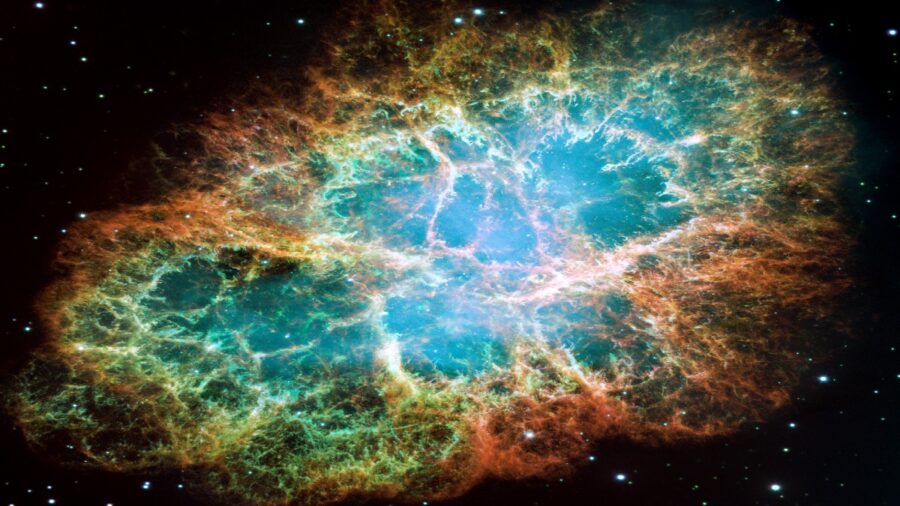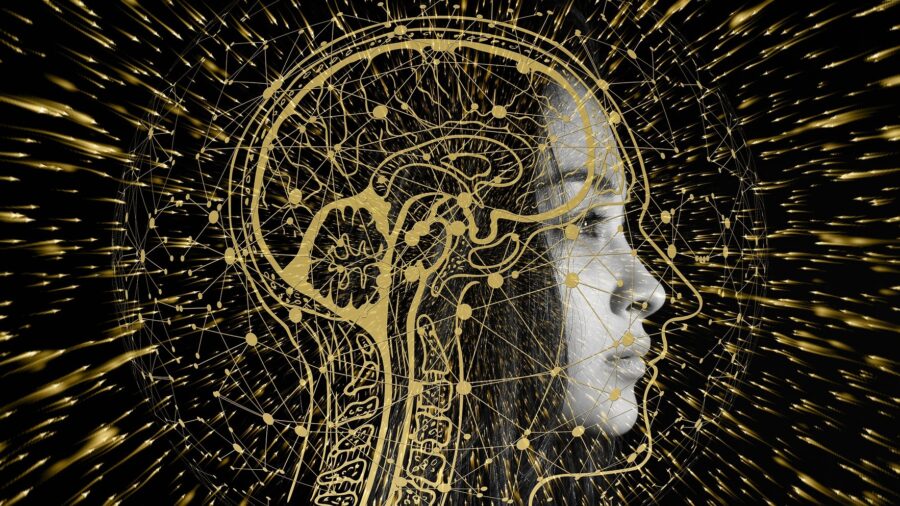AI Discovers Stunning Space Object Without Any Human Help For The First Time In History

The AI-related news is never boring as teams behind newly emerging AI tools always come up with new applications for the technology. Now, according to Science Alert, for the first time ever, AI has searched for, detected, confirmed, classified, and announced a supernova discovery without any human intervention or aid. The age of Skynet is approaching.
Without any human prompt, AI has identified a new supernova in space.
We’re obviously joking about the Skynet part, but the new AI system called Bright Transient Survey Bot—abbreviated BTSbot—recently discovered a supernova named SN2023tyk in data from Zwicky Transient Facility (ZTF), which is a robotic camera in California that scans the northern sky every two days.
The camera imaged the cosmic blast of the supernova in the night sky on October 3, and BTSbot found the supernova in the ZTF’s data on October 5. The AI then cross-referenced the data from other robotic instruments and confirmed the discovery of a cosmic event.
Apart from discovering the supernova, the AI also classified the event as a Type Ia supernova and shared a public report about its findings and categorization on October 7. Northwestern University reports that the integration of BTSbot AI into the supernova discovery process not only eliminated human error but also dramatically increased the processing speed.
So far, the AI system has accurately classified over 1,000 supernovae.
This, in turn, provides research teams with more time to analyze new observations and develop new hypotheses that explain the origin of observed cosmic explosions.
In other words, including AI significantly streamlines large studies of various supernova activities. The ZTF has been operating for six years now, and during that time, observers have spent more than 2,000 hours visually inspecting possible candidates who aren’t as easy to spot in the first place.

The traditional methodology involves astronomers visually inspecting large volumes of data from ZTF and other robot telescopes that continuously scan the night sky for cosmic explosions visible as new sources of light.
The astronomers then spend vast amounts of time executing spectroscopic observations to determine whether one of the possible candidates is a supernova or not. It’s a really time-consuming process, and it’s estimated that astronomers only discovered a small fraction of all supernovae that occur in the Universe, partially due to the inefficiency of traditional detection methodology. However, the AI works much faster to detect supernovae, significantly automating the process.
It works by shifting through the data from robotic scanners such as ZTF, searching for possible candidates. Then, the BTSbot automatically asks the Spectral Energy Distribution Machine (another robotic instrument) to observe the potential candidate in order to collect its spectrum.
The integration of BTSbot AI into the supernova discovery process not only eliminated human error but also dramatically increased the processing speed.
After obtaining this spectrum, SEDM then sends that data to Caltech’s SNIascore, which is a machine-learning algorithm developed to classify supernovae with incredibly high accuracy. So far, it has accurately classified over 1,000 supernovae.
This ability for AI to scan the night sky for a new supernova is much more efficient—the machines don’t actually take breaks, eat, or sleep—could lead to many new discoveries, particularly tied to the observable expansion of the Universe, as well as the evolution of stars and galaxies.










